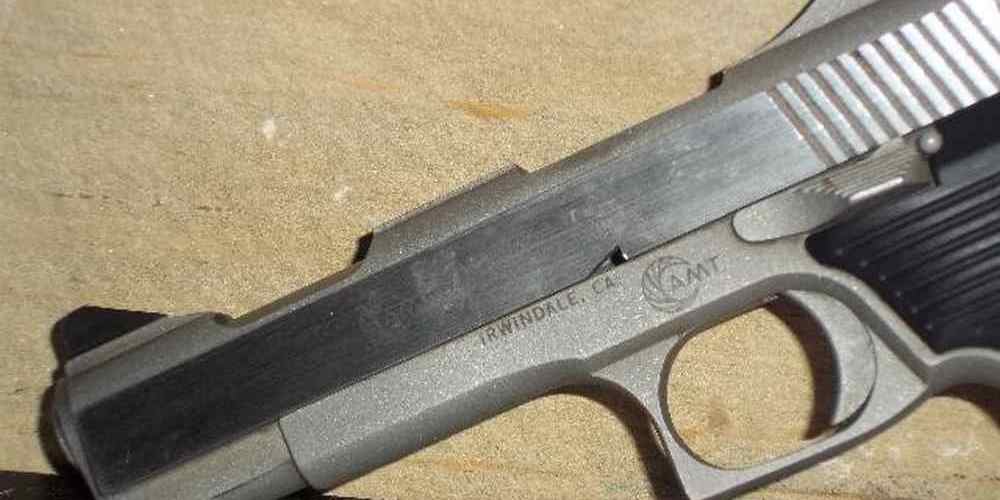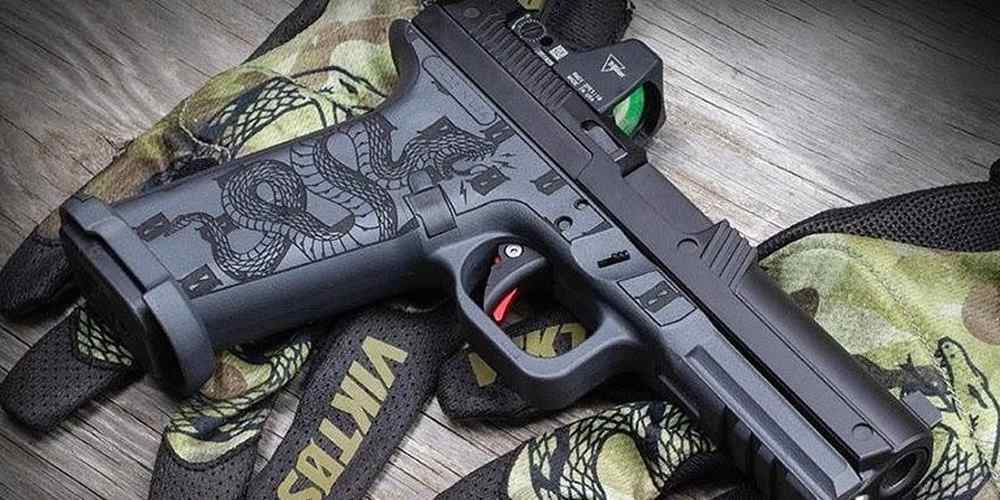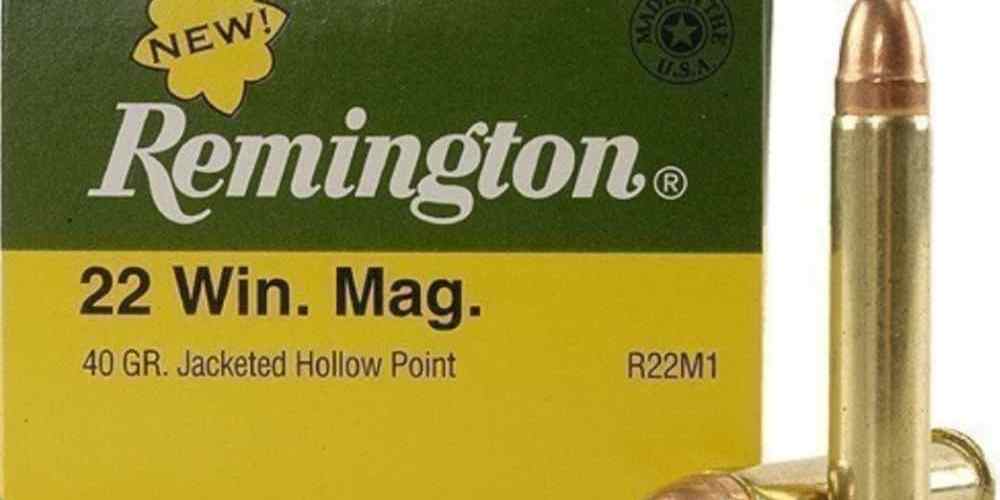Choosing Ammo for High-Pressure Self-Defense Situations
When it comes to self-defense, choosing the right ammunition can make all the difference in a high-pressure situation. Whether you are a seasoned gun owner or a first-time buyer, understanding the various types of ammunition available and their performance characteristics is crucial for ensuring your safety. In this article, we will explore the factors to consider when selecting ammo for self-defense scenarios and provide insights into the best options for high-pressure situations.
Understanding Terminal Ballistics
Terminal ballistics refers to how a projectile behaves upon impact with a target. In self-defense situations, it is essential to choose ammunition that delivers maximum stopping power to neutralize the threat effectively. The two primary factors to consider in terminal ballistics are penetration and expansion:
- Penetration: The ability of a bullet to penetrate through various barriers such as clothing, bone, and tissue before reaching vital organs.
- Expansion: The bullet’s ability to expand upon impact, creating a larger wound channel and increasing the chances of incapacitating the target.
When selecting self-defense ammunition, it is crucial to strike a balance between penetration and expansion to ensure optimal performance in high-pressure situations.
Types of Self-Defense Ammunition
There are several types of ammunition specifically designed for self-defense purposes, each with its unique characteristics and performance attributes. Some of the most common types include:
- Hollow Point: Hollow point bullets are designed to expand upon impact, increasing their stopping power while minimizing overpenetration. This type of ammunition is highly effective for self-defense scenarios where collateral damage must be minimized.
- Full Metal Jacket: Full metal jacket bullets have a copper or brass jacket covering the lead core, providing better penetration but limited expansion. While FMJ ammo is suitable for target practice and training, it may not be the best choice for self-defense due to its reduced stopping power.
- Frangible: Frangible bullets are designed to disintegrate upon impact with hard surfaces, reducing the risk of ricochets and collateral damage. This type of ammunition is ideal for self-defense in confined spaces or urban environments where bystanders may be present.
When choosing self-defense ammunition, consider factors such as terminal performance, reliability, and availability to make an informed decision based on your specific needs and preferences.
Caliber Selection
The caliber of your firearm plays a significant role in determining the effectiveness of your self-defense ammunition. While larger calibers typically offer greater stopping power, they also come with increased recoil and muzzle blast, which can affect accuracy and follow-up shots. On the other hand, smaller calibers may have less recoil but may lack sufficient stopping power against determined threats.
Some popular handgun calibers for self-defense include:
- .380 ACP: Suitable for concealed carry due to its compact size and manageable recoil.
- 9mm Luger: Widely used for self-defense due to its balance of stopping power and controllability.
- .40 S&W: Known for its superior penetration and expansion capabilities compared to smaller calibers.
- .45 ACP: Recognized for its stopping power and effectiveness in neutralizing threats quickly.
Ultimately, the choice of caliber should be based on your proficiency with the firearm, comfort level with recoil, and ability to make accurate shots under stress.
Ballistic Testing and Gelatin Penetration
Ballistic testing is an essential component of selecting self-defense ammunition as it provides valuable insights into how different rounds perform in real-world scenarios. One common method used in ballistic testing is gelatin penetration testing, where ballistic gel simulates human tissue density and allows for accurate assessment of bullet performance.

Gelatin penetration testing measures parameters such as penetration depth, expansion diameter, and retained weight to evaluate the terminal ballistics of various ammunition types. By analyzing these test results, you can make informed decisions about which rounds offer optimal performance in high-pressure self-defense situations.
Case Studies and Real-World Examples
Several real-world examples highlight the importance of choosing the right ammunition for self-defense scenarios. One notable case involved an off-duty police officer who used hollow point ammunition to stop an armed assailant in a crowded shopping mall without injuring bystanders. The controlled expansion of hollow point bullets proved effective in neutralizing the threat while minimizing collateral damage.
In another case study, a homeowner successfully defended against multiple intruders using frangible ammunition that disintegrated upon impact with walls, preventing stray bullets from endangering family members in adjacent rooms. The frangible rounds delivered sufficient stopping power without overpenetrating through barriers.
These case studies underscore the significance of selecting appropriate self-defense ammunition tailored to specific environments and threats encountered in high-pressure situations.
Conclusion
In conclusion, choosing the right ammunition for high-pressure self-defense situations requires careful consideration of terminal ballistics, caliber selection, ballistic testing results, and real-world examples. By understanding the performance characteristics of different types of ammunition and their suitability for specific scenarios, you can enhance your safety and preparedness in critical moments.
Remember that proficiency with your firearm and regular training are equally important factors in ensuring effective self-defense outcomes. Stay informed, stay prepared, and stay safe by selecting the best possible ammunition for your personal protection needs.





